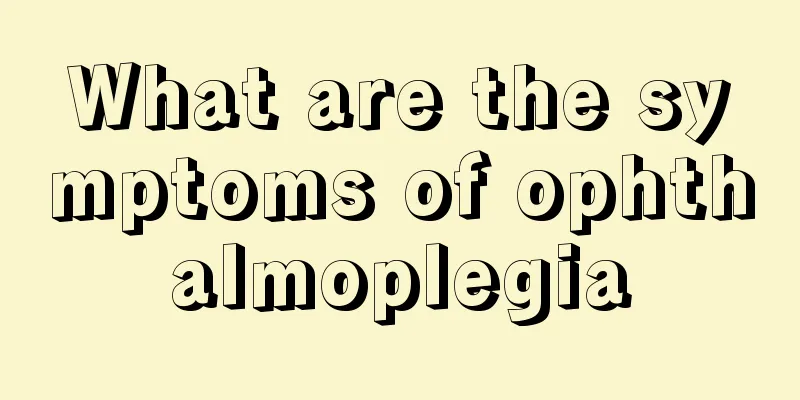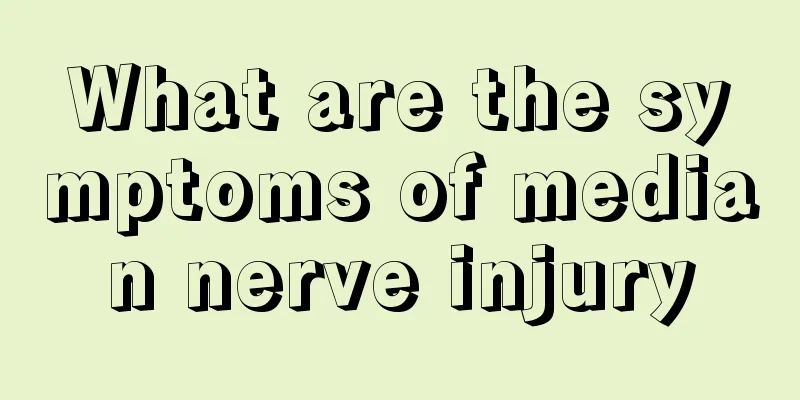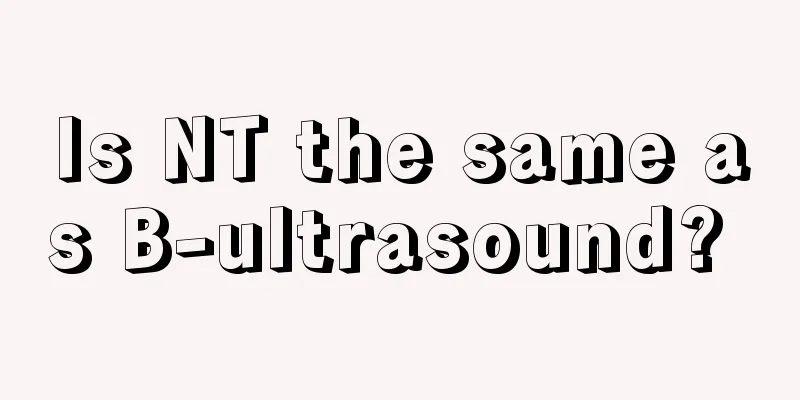What are the symptoms of ophthalmoplegia

|
Ophthalmoplegia often manifests itself as drooping of the upper face, or dilated pupils, loss of light reflex, and disappearance of accommodation reflex. Severe patients may also show symptoms such as nausea and vomiting. Once discovered, treatment must be taken seriously. 1. Intraocular muscle paralysis manifests itself as ptosis, hypotropia, pupil dilation, disappearance of light reflex and accommodation reflex, etc. 2. Paralysis of the levator palpebrae superioris muscle: The symptoms are ptosis and hypotropia of the affected eye. The line of sight of the affected eye is blocked by the drooping upper eyelid, and diplopia is generally not felt. 3. Ciliary muscle paralysis: The symptoms are impaired lens adjustment, resulting in blurred vision at close range, dilated pupils, and disappearance of light reflex and accommodation reflex. 4. Extraocular muscle paralysis The chance of all six extraocular muscles being paralyzed at the same time is very small. In most cases, only one or two extraocular muscles are paralyzed. The manifestations of paralysis are varied. For example, restricted inward, outward, downward, and upward movement of the eyeball may cause strabismus, diplopia, visual confusion, etc. 5. Diplopia, strabismus and visual confusion cause vertigo. When the eyeball moves, the strabismus angle changes continuously and the viewed object cannot be stable, causing vertigo. In severe cases, nausea and vomiting may occur. The visual positioning function is destroyed, and the gait is unstable when walking and deviates in a certain direction. Oculomotor nerve paralysis: oculomotor nerve paralysis is manifested as paralysis of the entire eye muscle it controls, limited inward, downward and upward movement of the eyeball, ptosis, and exotropia. Intraocular muscle paralysis is manifested as dilated pupils, disappearance of light reflex and accommodation reflex, and diplopia. 6. Trochlear nerve palsy is often accompanied by oculomotor nerve palsy. Isolated trochlear nerve palsy is rare and manifests as limited outward and downward movement of the eyeball, diplopia, and strabismus when looking downward and outward. 7. Abducens nerve paralysis causes strabismus and diplopia when looking inward or outward. |
<<: There are so many dangers of lip micro-plastic surgery!
>>: What is the cause of dental cyst
Recommend
What are the effects of soap
When it comes to soap, I believe everyone is fami...
What should I pay attention to when wearing disposable medical surgical masks
There are many things to pay attention to when we...
What to eat to remove kidney stones
Speaking of kidney stones, I believe everyone is ...
Can eyes see bacteria
Bacteria are extremely small microorganisms that ...
How long is the survival period of nasopharyngeal carcinoma metastasized to the lungs and what to do
Nasopharyngeal carcinoma is one of the most commo...
Lishui's top ten famous snacks
Lishui is in Zhejiang Province, which was Chuzhou...
The functions and effects of jade, have you worn it?
In the eyes of some people, jade is just a kind o...
Don't know why you got liver cancer? Do you have these 6 symptoms?
In addition to taking preventive measures in dail...
Correct way to massage your face by yourself
Regular body massage can help you relax, while fa...
How long does it take for blood to reach the heart after an intravenous injection?
Intravenous injection is a common treatment metho...
How much does thyroid cancer surgery cost in the hospital?
Nowadays, when many patients go to the hospital f...
Cranial Doppler
The invention of cranial Doppler detection techno...
People with this kind of physique are born prone to cancer
These six body types each have their own characte...
What to do if the upper teeth are skeletally protruding and the chin is retracted
Everyone wants their facial features to become th...
What are the symptoms of late-stage nasopharyngeal carcinoma and how to treat it
There are many symptoms of nasopharyngeal carcino...









